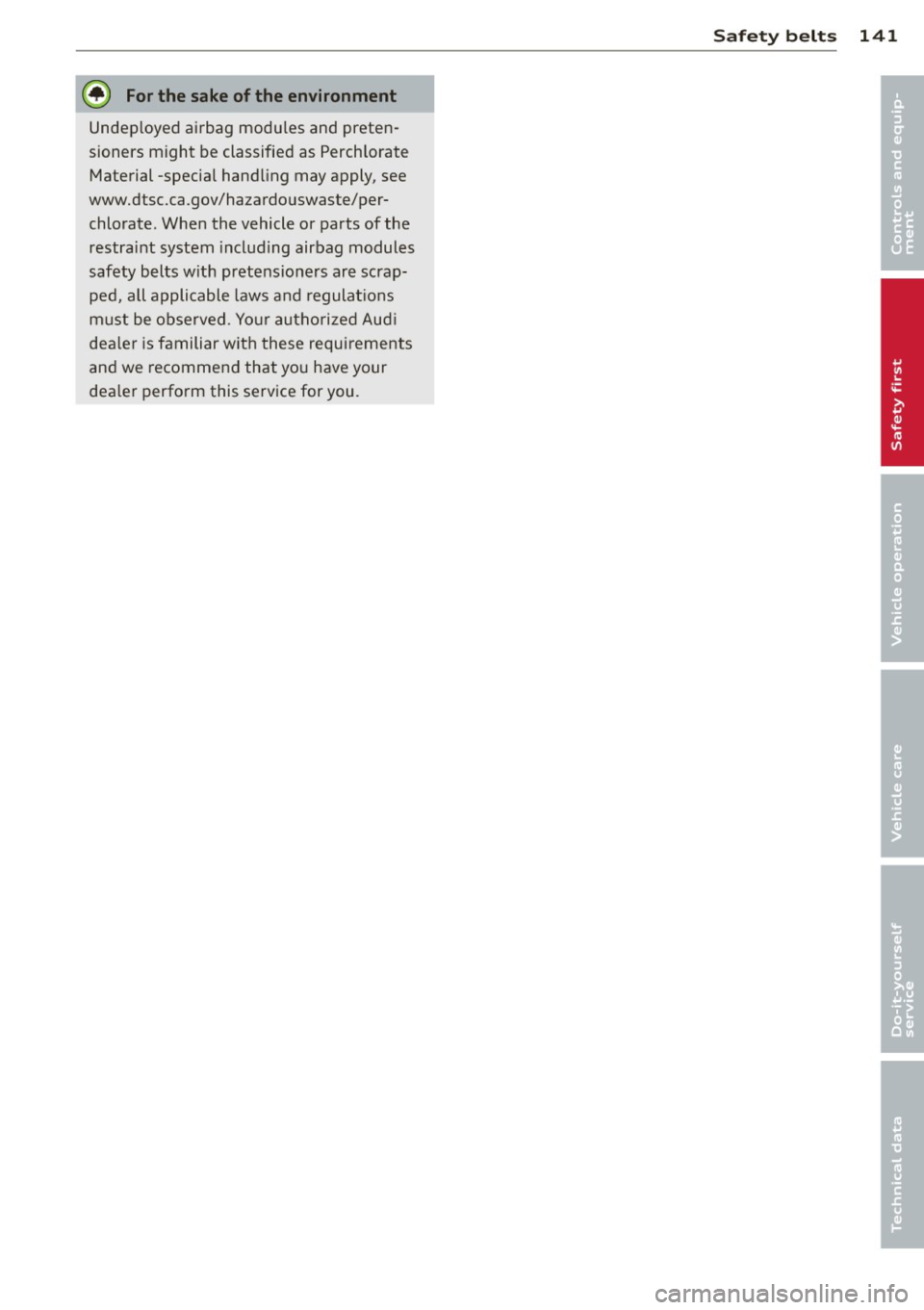Page 137 of 292
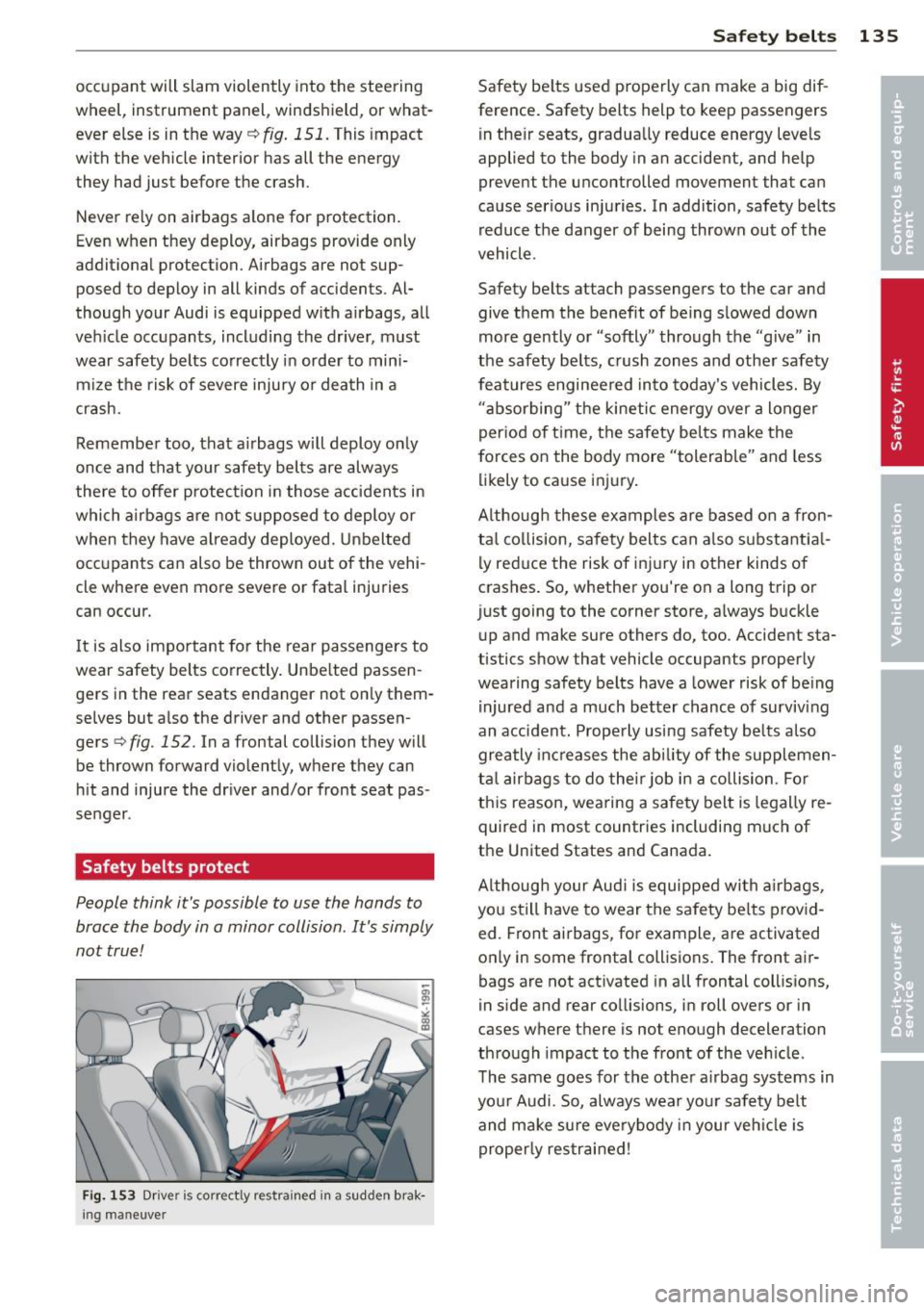
occupant will slam violently into the steering
wheel, instrument panel, windshield, or what
ever else is in the way
r::;; fig. 151. This impact
with the vehicle interior has all the energy
they had just before the crash.
Never rely on airbags alone for protection.
Even when they deploy, airbags provide only
additional protection. Airbags are not sup
posed to deploy in all kinds of accidents. Al
though your Audi is equipped with airbags, all
vehicle occupants, including the driver, must
wear safety belts correctly in order to mini
mize the risk of severe injury or death in a
crash.
Remember too, that airbags will deploy only
once and that your safety belts are always
there to offer protection in those accidents in
which airbags are not supposed to deploy or
when they have already deployed. Unbelted
occupants can also be thrown out of the vehi
cle where even more severe or fatal injuries
can occur.
It is also important for the rear passengers to
wear safety belts correctly. Unbelted passen
gers in the rear seats endanger not only them
selves but also the driver and other passen
gers
r::;; fig. 152. In a frontal collision they will
be thrown forward violently, where they can
hit and injure the driver and/or front seat pas
senger.
Safety belts protect
People think it's possible to use the hands to
brace the body in a minor collision. It's simply
not true!
Fig. 153 Driver is correctly restra ined in a sudden brak
ing maneuver
Safety belts 135
Safety belts used properly can make a big dif
ference. Safety belts help to keep passengers
in their seats, gradually reduce energy levels
applied to the body in an accident, and help
prevent the uncontrolled movement that can
cause serious injuries. In addition, safety belts
reduce the danger of being thrown out of the
vehicle.
Safety belts attach passengers to the car and
give them the benefit of being slowed down
more gently or "softly" through the "give" in
the safety belts, crush zones and other safety
features engineered into today's vehicles. By
"absorbing" the kinetic energy over a longer
period of time, the safety belts make the
forces on the body more "tolerable" and less
likely to cause injury.
Although these examples are based on a fron
tal collision, safety belts can also su bsta ntia l
ly reduce the risk of injury in other kinds of
crashes. So, whether you're on a long trip or
just going to the corner store, always buckle
up and make sure others do, too. Accident sta
tistics show that vehicle occupants properly
wearing safety belts have a lower risk of being
injured and a much better chance of surviving
an accident. Properly using safety belts also
greatly increases the ability of the supplemen
tal airbags to do their job in a collision . For
this reason, wearing a safety belt is legally re
quired in most countries including much of
the United States and Canada.
Although your Audi is equipped with airbags,
you still have to wear the safety belts provid
ed. Front airbags, for example, are activated
only in some frontal collisions. The front air
bags are not activated in all frontal collisions,
in side and rear collisions, in roll overs or in
cases where there is not enough deceleration
through impact to the front of the vehicle.
The same goes for the other airbag systems in
your Audi. So, always wear your safety belt
and make sure everybody in your vehicle is
properly restrained!
Page 138 of 292
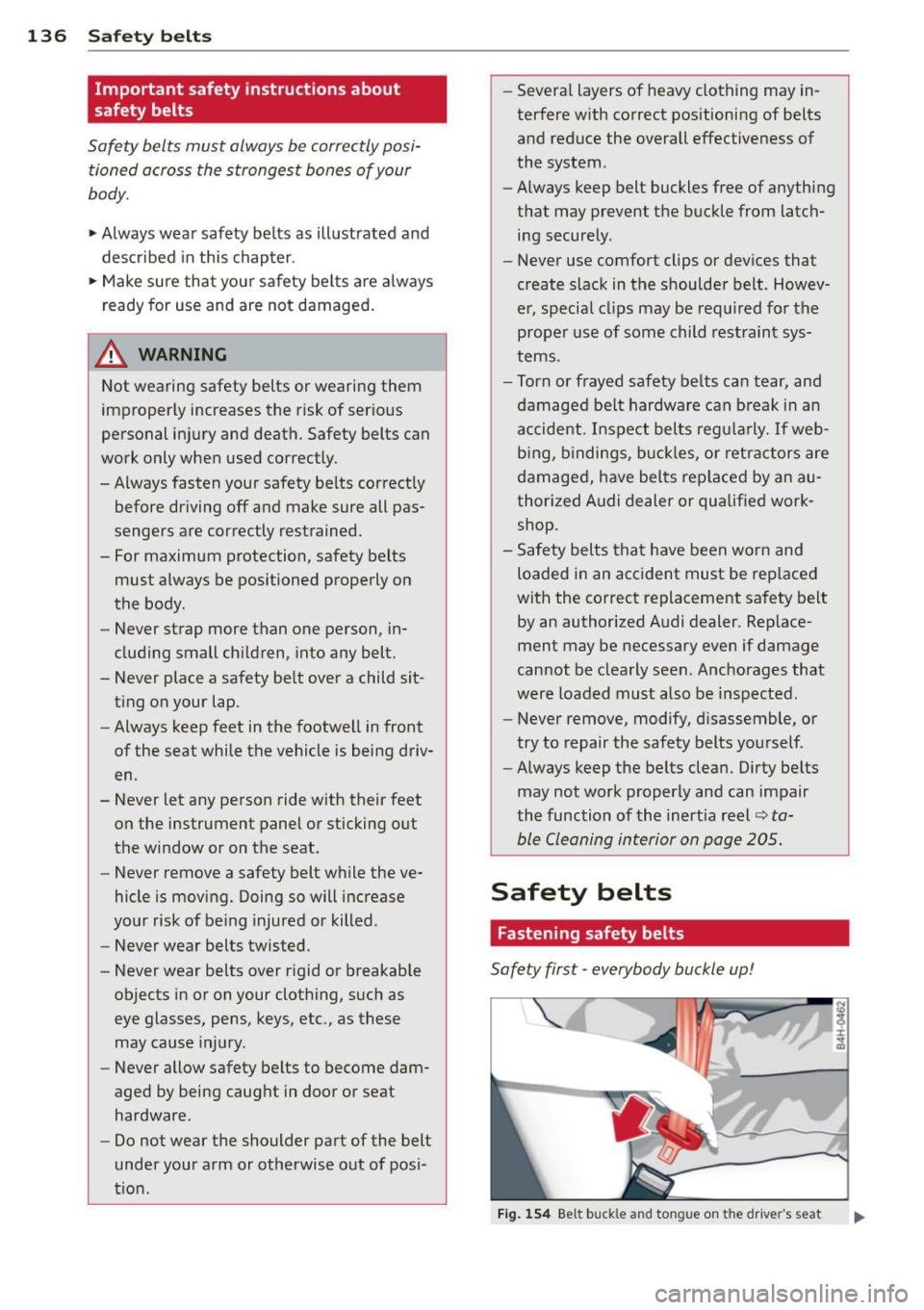
136 Safety belts
Important safety instructions about
safety belts
Safety belts must always be correctly posi
tioned across the strongest bones of your
body.
,.. Always wear safety belts as illustrated and
described in this chapter.
,.. Make sure that your safety belts are always
ready for use and are not damaged.
A WARNING
Not wearing safety belts or wearing them
improperly increases the risk of serious
personal injury and death. Safety belts can
work only when used correctly .
- Always fasten your safety belts correctly
before driving
off and make sure all pas
sengers are correctly restrained.
- For maximum protection, safety belts must always be positioned properly on
the body .
- Never strap more than one person , in
cluding small children, into any belt.
- Never place a safety belt over a child sit ting on your lap.
- Always keep feet in the footwell in front
of the seat while the vehicle is being driv
en .
- Never let any person ride with their feet on the instrument panel or sticking out
the window or on the seat.
- Never remove a safety belt while the ve
hicle is moving. Doing so will increase
your risk of be ing injured or killed.
- Never wear belts twisted.
- Never wear belts over rigid or breakable
objects in or on your clothing, such as
eye glasses, pens, keys, etc., as these
may cause injury.
- Never allow safety belts to become dam
aged by being caught in door or seat
hardware .
- Do not wear the shoulder pa rt of the belt
under your arm or otherwise out of pos i
tion . -
Several layers of heavy clothing may in
terfere with correct positioning of belts
and reduce the overall effectiveness of
the system .
- Always keep belt buckles free of anything
that may prevent the buckle from latch
ing securely .
- Never use comfort clips or devices that
create slack in the shoulder belt . Howev
er, special clips may be required for the
proper use of some child restraint sys
tems .
- Torn or frayed safety belts can tear, and
damaged belt hardware can break in an
accident. Inspect belts regularly .
If web
bing, bindings, buck les, or retractors are
damaged, have belts replaced by an au
thorized Audi dealer or qualified work
shop.
- Safety belts that have been worn and
loaded in an accident must be replaced
with the correct replacement safety belt
by an authorized Audi dealer . Replace
ment may be necessary even if damage
cannot be clearly seen . Anchorages that
were loaded must also be inspected.
- Never remove, modify, disassemble, or
try to repair the safety belts yourself.
- Always keep the belts clean. Dirty belts
may not work properly and can impair
the function of the inert ia reel
c::> ta
ble Cleaning interior on page 205 .
Safety belts
Fastening safety belts
Safety first -everybody buckle up!
Fig. 154 B elt buck le and to ngue o n th e drive r's se at
Page 139 of 292
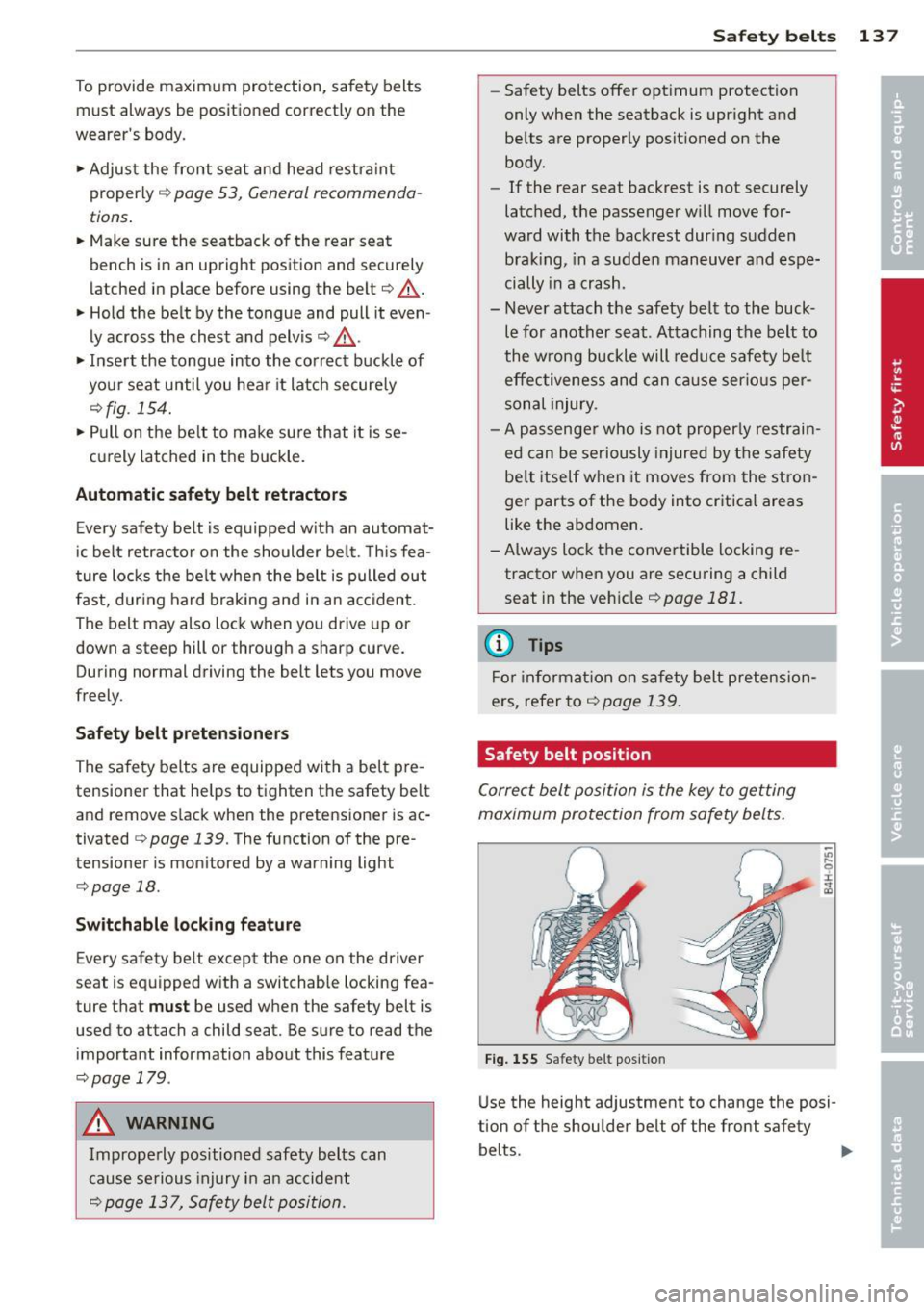
To provide maximum protection, safety belts
must always be positioned correctly on the
wearer's body .
... Adjus t the front seat and head restraint
properly
c::> page 53, General recommenda
tions .
... Make sure the seatback of the rear seat
bench is in an upright position and securely
latched in place before using the belt
c::> ,&. .
... Hold the be lt by the tongue and pull it even
ly across the chest and pelvis
c::> ,&..
... Insert the tongue into the co rrect buckl e of
your seat until you hea r it latch securely
c::>fig . 154.
... Pull on the belt to make sure that it is se-
curely latched in the buckle.
Automatic safety belt retractors
Every safety belt is equipped w ith an automat
i c belt retractor on the shoulder be lt. T his fea
ture locks the belt when the belt is pulled out
fast, dur ing hard braking and in an accident.
The belt may also lock when you drive up or
down a steep hill or through a sharp curve.
During normal driving the belt lets you move
freely.
Safety belt pretensioners
The safety belts are equipped with a belt pre
tensioner that helps to tighten the safety belt
and remove slack when the pretensioner is ac
tivated
c::> page 139. The function of the pre
tensioner is mon itored by a warning light
c::> page 18 .
Switchable locking feature
Every safety belt except the one on the driver
seat is equipped w ith a switchable locking fea
ture that
must be used when the safety belt is
used to attach a child seat. Be sure to read the
important information about this feature
c::> page 179.
A WARNING
Improperly positioned safety belts can
cause se rious injury in an accident
c::> page 13 7, Safety belt position.
Safety belts 13 7
-Safety belts offer optimum protection
only when the seatback is upright and
be lts are properly posit ioned on the
body .
- If the rear seat backrest is not securely
latched, the passenger will move for
ward with the backrest during sudden braking, in a sudde n maneuver and espe
cially in a crash.
- Never attach the safety belt to the buck
l e for another seat . Attaching the belt to
the wrong buckle will reduce safety be lt
effec tiveness and can cause serious per
sonal injury.
- A passenge r who is not properly restrain
ed can be seriously injured by the sa fety
be lt itself when it moves from the stron
ger parts of the body into critical areas
like the abdomen.
- Always lock the conve rtible locking re
tractor when you are securing a child seat in the veh icle
~ page 181.
(D Tips
For info rmat ion on safety belt pretension
e rs, refer to
c::> page 139.
Safety belt position
Correct belt position is the key to getting
maximum protection from safety belts .
Fig. 155 Safe ty belt posit ion
Use the height adjustment to change the posi
tion of the shoulder belt
of the front safety
belts.
~
Page 140 of 292
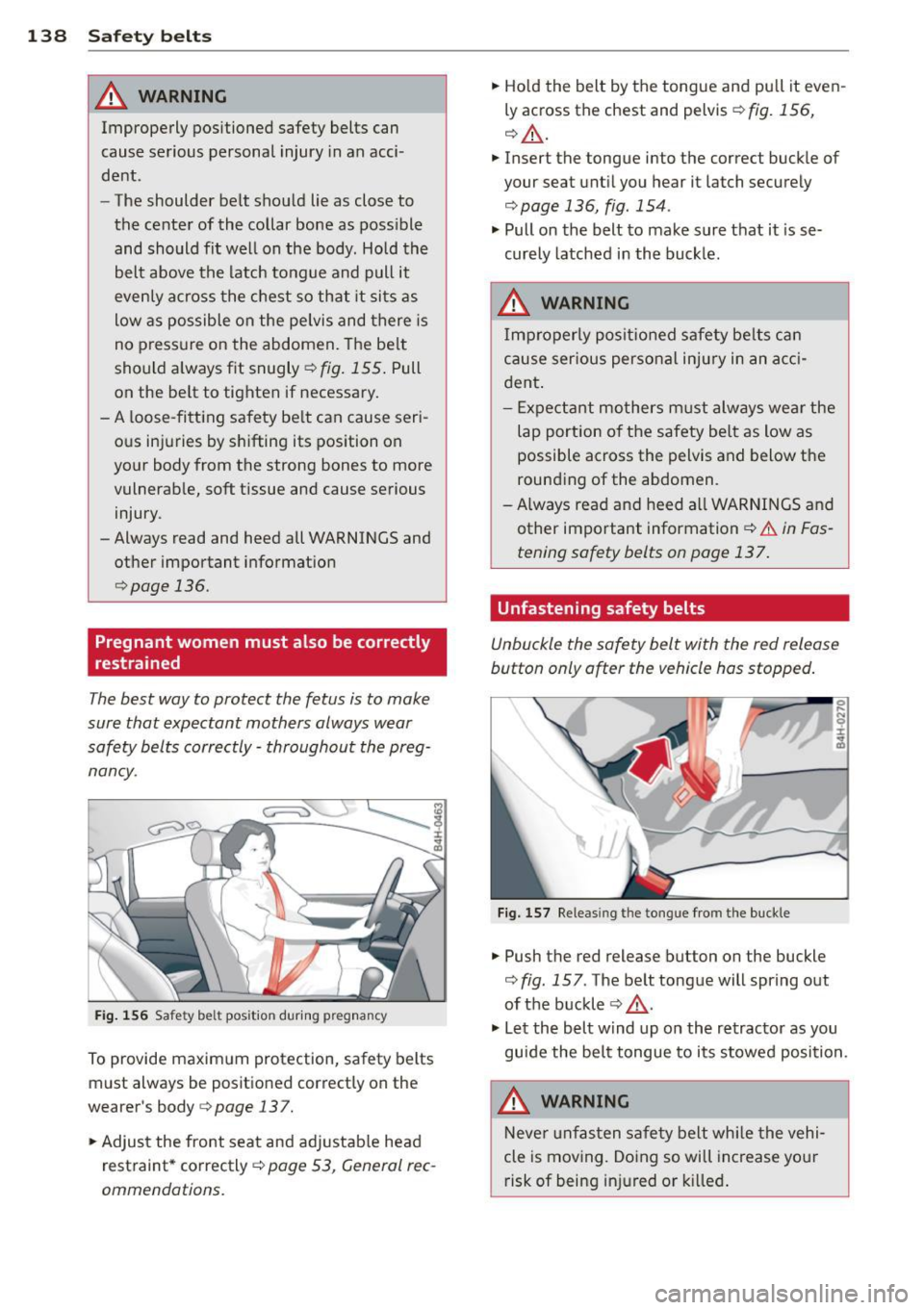
138 Safety belts
& WARNING
Improperly positione d safety belts can
cause serious personal injury in an acci
dent.
- The shoulder belt should lie as close to
the center of the collar bone as possible
and should fit well on the body. Hold the
belt above the latch tongue and pull it
evenly across the chest so that it sits as
low as possible on the pelvis and there is
no pressure on the abdomen. The belt
should always fit snugly¢
fig. 155. Pull
on the belt to tighten if necessary.
-A loose-fitting safety belt can cause seri
ous injuries by shifting its position on
your body from the strong bones to more
vulnerable, soft tissue and cause serious injury.
-Always read and heed all WARNINGS and
other important information
¢page 136.
Pregnant women must also be correctly
restrained
The best way to protect the fetus is to make
sure that expectant mothers always wear safety belts correctly -throughout the preg
nancy.
Fig. 156 Safety belt position during pregnancy
To provide maximum protection, safety belts
must always be positioned correctly on the
wearer's body
¢ page 137.
"'Adjust the front seat and adjustable head
r estraint * correctly ¢
page 53, General rec
ommendations.
"'Hold the belt by the tongue and pull it even
ly across the chest and pelvis¢
fig. 156,
¢ _&..
"' Insert the tongue into the correct buckle of
your seat until you hear it latch securely
¢page 136, fig. 154.
"' Pull on the belt to make sure that it is se
curely latched in the buckle.
& WARNING
Improperly positioned safety belts can
cause serious personal injury in an acci
dent.
-
- Expectant mothers must always wear the
lap portion of the safety belt as low as
possible across the pelvis and below the
rounding of the abdomen.
- Always read and heed all WARNINGS and
other important information¢.&.
in Fas
tening safety belts on page 137.
Unfastening safety belts
Unbuckle the safety belt with the red release
button only after the vehicle has stopped.
Fig. 157 Releas ing the tongue from the buckle
"' Push the red release button on the buckle
¢ fig. 157. The belt tongue will spring out
of the buckle
¢ ,& .
"' Let the belt wind up on the retractor as you
guide the belt tongue to its stowed position.
& WARNING
Never unfasten safety belt while the vehi
cle is moving. Doing so will increase your
risk of being injured or killed.
Page 141 of 292
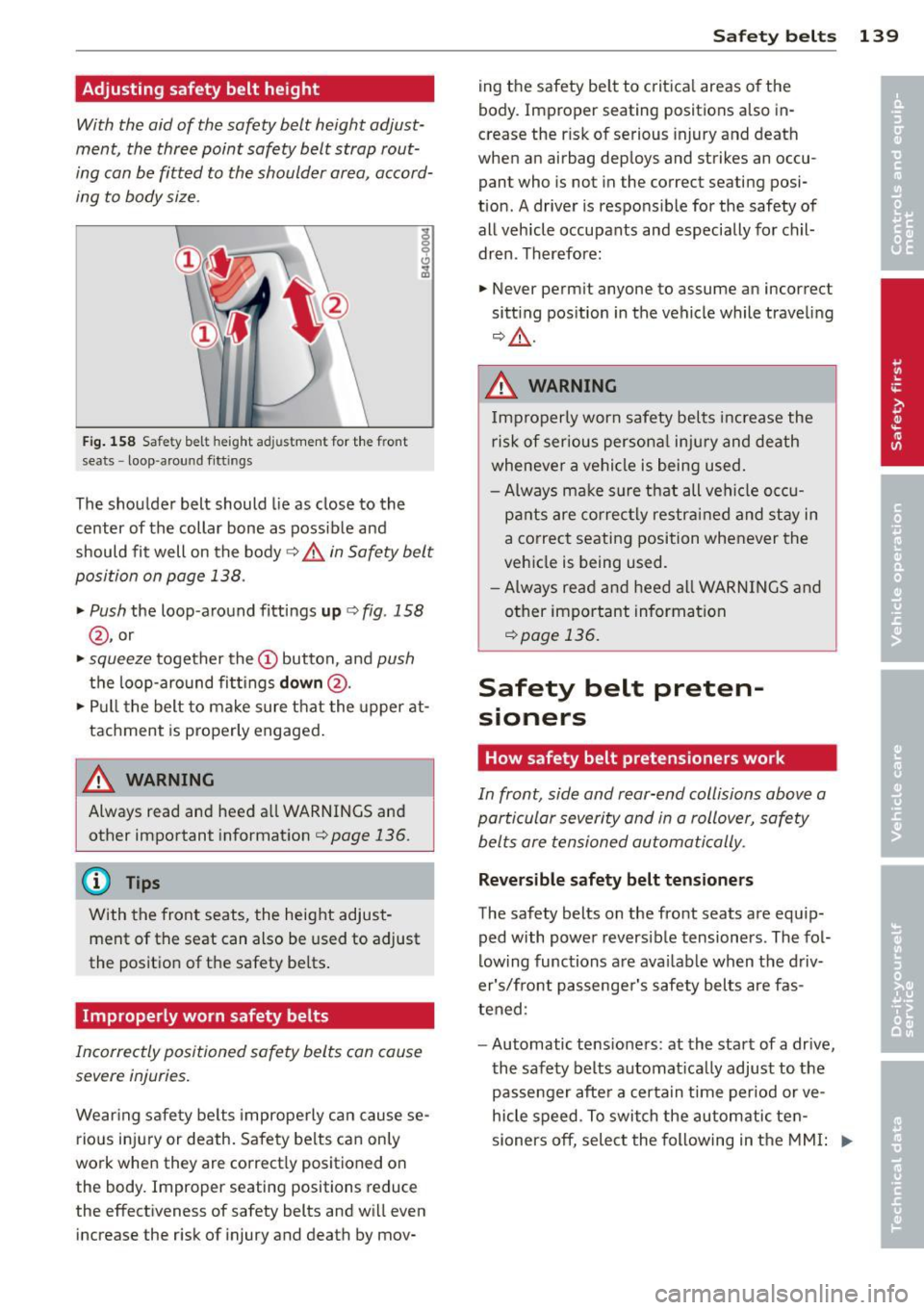
Adjusting safety belt height
With the aid of the safety belt height adjust
ment, the three point safety belt strap rout
ing can be fitted to the shoulder area, accord
ing to body size .
Fig . 158 Saf ety belt he ight ad justment for the front
seats -loop -aro und f itt ings
The shoulder belt should lie as close to the
center of the collar bone as possib le and
should fit well on the body¢,&.
in Safety belt
position on page 138 .
.,. Push
the loop -a round fittings up c> fig . 158
@ , or
.,. squeeze together the@button, and push
the loop-around fi ttings down @.
.,. Pull the belt to make sure t hat the upper at
tachment is properly engaged .
A WARNING
Always read and heed all WARNINGS and
other important informat ion
c> page 136 .
@ Tips
With the front seats, the height adjust
ment of the seat can also be used to adjust
the posit ion of the safety be lts .
Improperly worn safety belts
Incorrectly positioned safety belts can cause
severe injuries.
Wear ing safety be lts improperly can cause se
rio us in jury or death. Safety belts ca n only
work when they are correct ly positioned on
the body. Improper seating positions reduce the effectiveness of safety belts and wi ll even
increase the r isk of injury and death by mov-
Safety belts 139
ing the safety be lt to critica l areas of the
body. Improper seat ing positions also in
crease the r isk of serious injury and death
when an airbag dep loys and strikes an occu
pant who is not in the correct seating posi
tion . A driver is respons ible for the safety of
all vehicle occupants and especially for ch il
dren . Therefore:
.,. Never perm it anyone to assume an incorrect
sitt ing pos ition in the vehicle while trave ling
~ .&. -
A WARNING
Imp roperly worn safety belts increase the
risk of serious persona l injury and death
whenever a vehicle is being used.
- Always ma ke s ure that all vehi cle occu
pa nts are co rrec tly restra ined and stay in
a correct seating position whenever the
veh icle is being used .
- Always read and heed al l WARNI NGS a nd
other important informat ion
r:::> page 136 .
Safety belt preten
sioners
How safety belt pretensioners work
In front, side and rear-end collis ions above a
particular severity and in a rollover, safety
belts are tensioned automati cally .
Reve rsible s afety belt tensioners
The safety belts on the front seats are equ ip
ped with powe r reversible tensioners . The fol
low ing functions a re ava ilab le when the driv
er's/front passenge r's safety belts are fas
tened :
- Automatic tens ioners : at the start of a drive,
the saf ety belts automat ica lly adjust to the
passe nger afte r a certa in time per iod or ve
hicle speed . To switch the automatic ten
sioners off, select the following in the MMI: .,..
Page 142 of 292
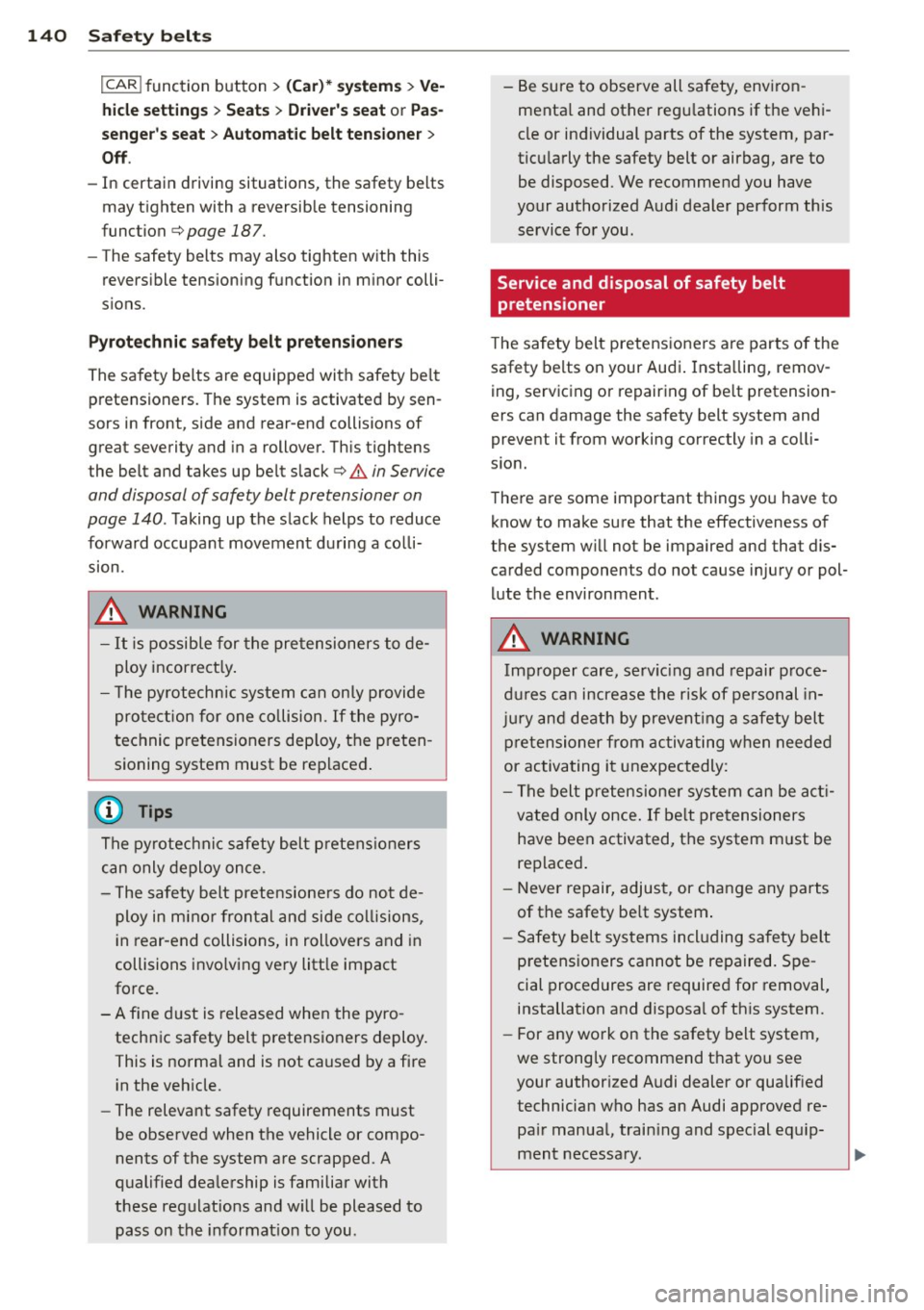
140 Safety belts
ICAR !function button> (Car )* sys tem s> Ve
hicle setting s > Seats > Driver 's seat or Pas
senger 's se at > Automatic belt ten sioner
>
Off .
-In certain driving situations, the safety be lts
may tighten with a reversib le tensioning
function
c:> page 187.
- The safety belts may also tighten with this
revers ible tensioning f unction in m inor colli
s ions.
Pyrotechnic safety belt preten sioner s
The sa fety belts are equipped with safety be lt
pretensioners. The system is activated by sen
sors in front, side and rear-end collisions of
great severity and in a rollover. Th is tightens
the belt and takes up be lt slack
c:> &. in Service
and disposal of safety belt pretensioner on
page 140 .
Taking up the slack helps to reduce
forward occupant movement during a co lli
sion.
,& WARNING
- It is possib le for the pre tensioners to de
ploy incorrect ly .
- T he py rotechnic system can only pr ovide
pro te ction for one co llision.
If t he pyro
techni c pretensioners dep loy, the p reten
sioning system must be replaced .
@ Tips
The pyrotechnic safety belt p retens ioners
can only deploy once .
- The safety belt pretens ione rs do no t de
ploy in mi no r frontal an d side col lisions,
i n rear -end collisions, in rollove rs and in
collisions invo lving very litt le impact
fo rce.
- A f ine d ust is released when the pyro
technic safety belt pretensioners deploy.
This is normal and is not caused by a fire
i n the veh icle.
- The relevant safety requirements must
be observed when the vehicle or compo
nents of the system are scrapped. A
qualified dea lership is familiar with
these regulations and w ill be pleased to
pass on the informat io n to you . - Be sure to observe all safety, env
iron
menta l and other regu lations if the ve hi
cle or individual parts of the system, par
ticu larly the safety belt or airbag, are to
be disposed. We recommend you have
your authorized Audi dealer perform this service fo r you.
Service and disposal of safety belt
pretensioner
T he safety belt pretens ioners are parts o f the
safety belts on your Audi . Insta lling, remov
ing, servicing or repairing of be lt pretension
ers can damage the safety belt system and
prevent it from working correctly in a co lli
s ion.
There are some important t hings you have to
know to make sure that the effectiveness of
the system w ill not be impaired and that dis
carded components do no t cause injury or pol
l u te the environment .
A WARNING
-Improper care, serv ic ing and repair p roce-
d ur es can increase the risk of pe rsonal in
j u ry and death by prevent ing a safety belt
p retensioner from activ ating w hen neede d
or activa ting it unexpectedly:
- T he belt pretensione r system can be a ct i
vated only once. If be lt pretensioners
have been activated , the system m ust be
replaced .
- Never repair, adjus t, or change any parts
of the safety be lt system .
- Safety belt systems incl uding safety belt
pretensioners cannot be repaired. Spe
cial procedures are required for removal,
installation and disposa l of th is system.
- For any wo rk on the safety belt system,
we strongly recommend t hat you see
your author ized Audi dealer or qualif ied
technician who has an Audi approved re pa ir manua l, train ing and special equ ip
ment necessary.
Page 143 of 292
@ For the sake of the environment
Undeployed airbag modu les and preten
sioners might be classified as Perchlorate
Material -specia l hand ling may apply, see
www.dtsc.ca.gov/hazardouswaste/per chlorate. When the vehicle or parts of the
restraint system including airbag modules
safety belts w ith pretens ioners ar e scrap
ped, all applicable laws and regulat ions
m ust be observed. Yo ur aut hori ze d Aud i
dea le r i s familiar w ith these requi rements
an d we recommend that you have your
dea le r perfo rm this serv ice for you.
Sa fety belts 141
•
•
Page 144 of 292
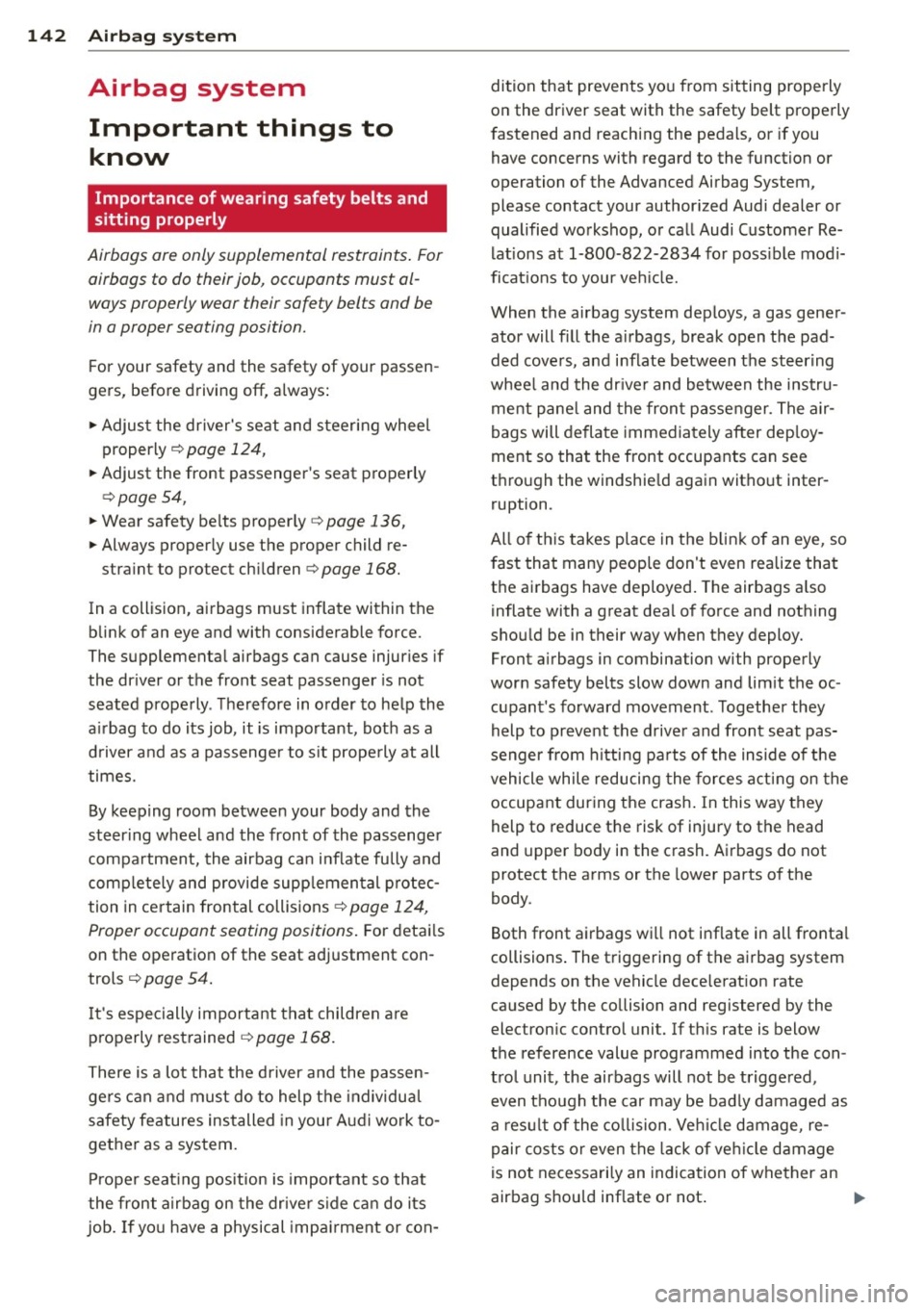
142 Airbag sys te m
Airbag system
Important things to know
Importance of wearing safety belts and
sitting properly
Airbags are only supplemental restraints. For
airbags to do their job , occupants must al
ways properly wear their safety belts and be
in a proper seating position.
F or your safety and the safety of your passen
gers, before driving off, always:
• Adjust the driver's seat and steering wheel
properly ¢
page 124,
• Adjust the front passenger's seat properly
¢ page 54,
• Wear safety be lts properly ¢ page 136,
• Always properly use the proper child re-
straint to protect children¢
page 168.
In a collision, airbags must inflate within the
blink of an eye and with considerable force .
The supplemental airbags can cause injuries if
the dr iver or the front seat passenger is not
seated properly . Therefore in order to he lp the
a irbag to do its job, it is important, both as a
d river and as a passenger to sit prope rly at all
times.
By keeping room between your body and the
steering wheel and the front of the passenger
compartment, the airbag can inflate fully and
comp letely and provide supp lemental protec
tion in ce rtain frontal collisions
¢ page 124,
Proper occupant seating positions.
F or detai ls
on the operation of the seat adjustment con
t rols ¢
page 54.
It's especially important that children are
properly restrained ¢
page 168.
There is a lot that the driver and the passen
gers can and must do to help the individua l
safety features installed in your A udi work to
gether as a system.
Proper seat ing pos ition is important so that
the front airbag on the driver s ide can do its
job. If yo u have a physical impa irment or con- dition that prevents you from sitting properly
on the driver seat with the safety belt properly
fastened and reaching the pedals , or if you
have concerns with regard to the function or
operation of the Advanced Airbag System ,
please contact your author ized Audi dealer or
qualified workshop, or call Audi Customer Re
lations at 1-800-822-2834 fo r poss ible modi
ficat ions to your veh icle.
When the airbag system deploys, a gas gener
ator will f ill the a irbags, break open t he pad
ded cove rs, and inflate between the steering
whee l and the dr iver and between the instru
ment pane l and the fron t passenger. The a ir
bags will deflate immediately after dep loy
ment so that the front occupants can see
t h rough the windshie ld again witho ut inter
ruption .
All of th is takes p lace in the b link of an eye, so
fast that many peop le don't even realize tha t
the airbags have deployed. The airbags a lso
inflate with a great dea l of force and nothing
shou ld be in their w ay when they deploy.
Front airbags in combination with properly
worn safety belts slow down and lim it the oc
cupant's forward movement . T ogether they
help to prevent the drive r and front seat pas
senger from hitting pa rts of the inside of the
vehicle while reducing the forces acting on the
occupant during the crash . In this way they
help to reduce the risk of injury to the head
and upper body in the crash. A irbags do not
protect the arms or the lower parts of the
body.
Both front airbags wi ll not inflate in all fronta l
collisions . The triggering of the airbag system
depends on the vehicle dece lerat ion rate
caused by the co llision and registered by the
electron ic control unit. If th is rate is below
the reference value programmed into the con
t rol unit , the airbags will not be trigge red,
even though the car may be badly damaged as
a res ult of the co llision . Ve hicl e damage, re
pair costs or even the lack of ve hicle damage
is not necessari ly an indication of whether an
airbag shou ld inflate or not .
IJll-
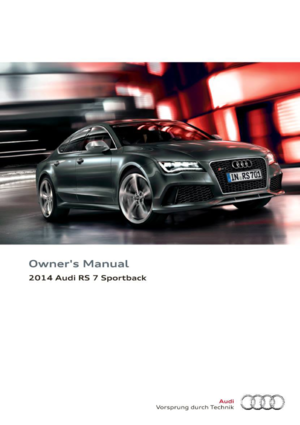 1
1 2
2 3
3 4
4 5
5 6
6 7
7 8
8 9
9 10
10 11
11 12
12 13
13 14
14 15
15 16
16 17
17 18
18 19
19 20
20 21
21 22
22 23
23 24
24 25
25 26
26 27
27 28
28 29
29 30
30 31
31 32
32 33
33 34
34 35
35 36
36 37
37 38
38 39
39 40
40 41
41 42
42 43
43 44
44 45
45 46
46 47
47 48
48 49
49 50
50 51
51 52
52 53
53 54
54 55
55 56
56 57
57 58
58 59
59 60
60 61
61 62
62 63
63 64
64 65
65 66
66 67
67 68
68 69
69 70
70 71
71 72
72 73
73 74
74 75
75 76
76 77
77 78
78 79
79 80
80 81
81 82
82 83
83 84
84 85
85 86
86 87
87 88
88 89
89 90
90 91
91 92
92 93
93 94
94 95
95 96
96 97
97 98
98 99
99 100
100 101
101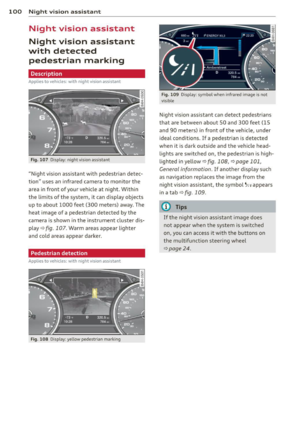 102
102 103
103 104
104 105
105 106
106 107
107 108
108 109
109 110
110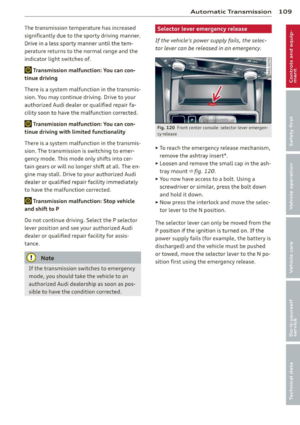 111
111 112
112 113
113 114
114 115
115 116
116 117
117 118
118 119
119 120
120 121
121 122
122 123
123 124
124 125
125 126
126 127
127 128
128 129
129 130
130 131
131 132
132 133
133 134
134 135
135 136
136 137
137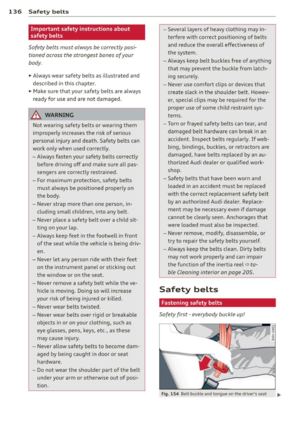 138
138 139
139 140
140 141
141 142
142 143
143 144
144 145
145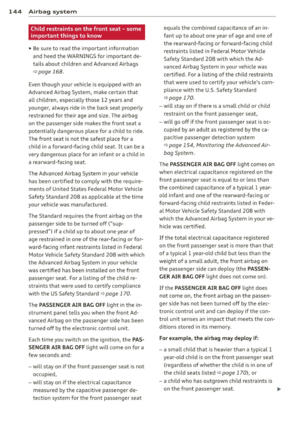 146
146 147
147 148
148 149
149 150
150 151
151 152
152 153
153 154
154 155
155 156
156 157
157 158
158 159
159 160
160 161
161 162
162 163
163 164
164 165
165 166
166 167
167 168
168 169
169 170
170 171
171 172
172 173
173 174
174 175
175 176
176 177
177 178
178 179
179 180
180 181
181 182
182 183
183 184
184 185
185 186
186 187
187 188
188 189
189 190
190 191
191 192
192 193
193 194
194 195
195 196
196 197
197 198
198 199
199 200
200 201
201 202
202 203
203 204
204 205
205 206
206 207
207 208
208 209
209 210
210 211
211 212
212 213
213 214
214 215
215 216
216 217
217 218
218 219
219 220
220 221
221 222
222 223
223 224
224 225
225 226
226 227
227 228
228 229
229 230
230 231
231 232
232 233
233 234
234 235
235 236
236 237
237 238
238 239
239 240
240 241
241 242
242 243
243 244
244 245
245 246
246 247
247 248
248 249
249 250
250 251
251 252
252 253
253 254
254 255
255 256
256 257
257 258
258 259
259 260
260 261
261 262
262 263
263 264
264 265
265 266
266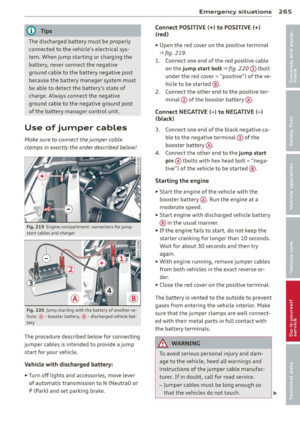 267
267 268
268 269
269 270
270 271
271 272
272 273
273 274
274 275
275 276
276 277
277 278
278 279
279 280
280 281
281 282
282 283
283 284
284 285
285 286
286 287
287 288
288 289
289 290
290 291
291





